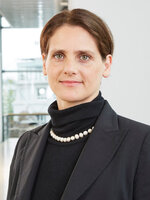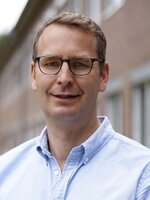
80 percent - this is the share that renewable energies should have in electricity consumption by 2030. The Ukraine war has made the issue of energy transition even more urgent. Agricultural land is increasingly being considered as a location for energy production. Open space and agri-photovoltaics offer interesting options - also from the farmers' point of view.
"The energy yields from photovoltaics are immensely high. You quickly end up with 10 to 15,000 euros of income per hectare per year."
Thomas de Witte, Thünen Institute of Farm Economics
Today, farmers are often already energy farmers: Currently, plants for bioenergy production are cultivated on about ten percent of agricultural land. However, analyses by the Thünen Institute for Business Economics show that the electricity yield of photovoltaic (PV) systems on agricultural land is 30 to 40 times higher than that of bioenergy production.
Nevertheless, as in the past with wind power, there is growing public opposition to the future construction of photovoltaic systems on agricultural land. This is where so-called agri-PV systems come in: they make it possible to produce both energy and food on the same area. Numerous synergies are expected, especially in the cultivation of special crops such as fruit and berries. For example, hail protection nets or foil tunnels can be replaced by the solar modules.
However, many questions are still open, such as: How high are the costs? How does shading affect yields? Fraunhofer ISE from Freiburg im Breisgau is investigating these questions in various experiments.
Our guests Anna Heimsath from Fraunhofer ISE and Thomas de Witte from the Thünen Institute of Farm Economics outline the potential of photovoltaics in agriculture, how different types of use can be combined, what legal issues need to be resolved - and why it makes sense in this context to think about the rewetting of peatlands together with the use of photovoltaics.
Sources and further readings
- Photovoltaics research project at the Thünen Institute
- Estimation of the economic viability of agri-photovoltaics (study by the University of Hohenheim and the Thünen Institute)
- Leitfaden zur Agri-Photovoltaik des Fraunhofer ISE (in German)
- Agri-Photovoltaics: Opportunity for agriculture and energy production
- Recent Facts about photovoltaics in Germany
- Energy Charts on the status and scenarios of the expansion of renewable energies and current solar and wind power production (in German)








